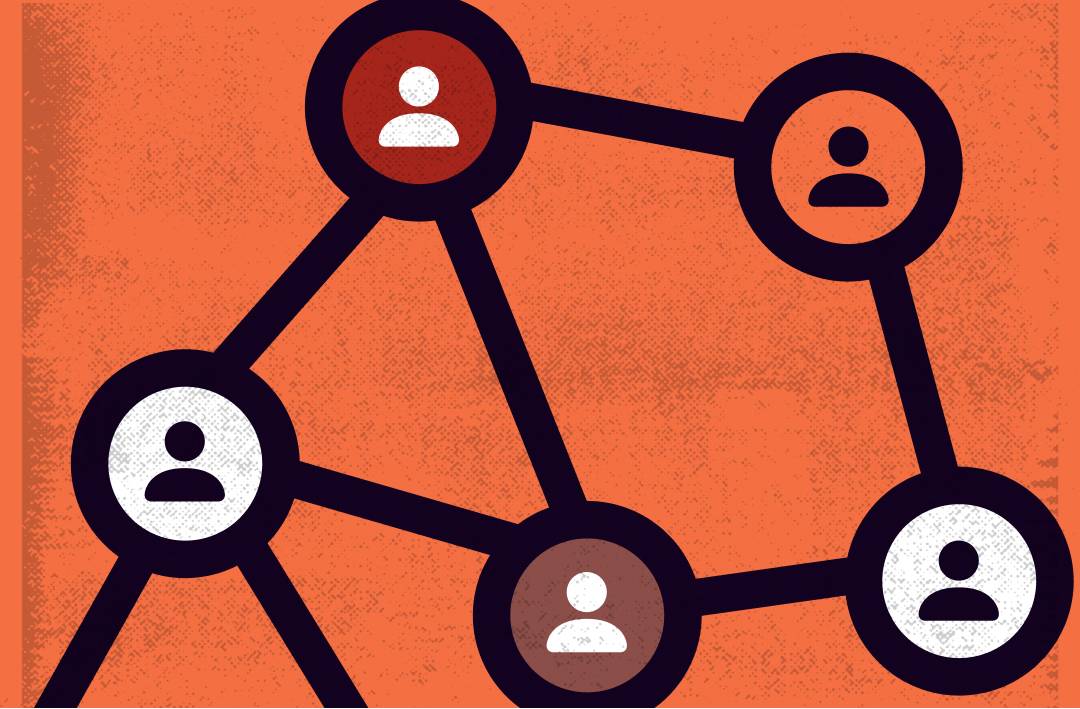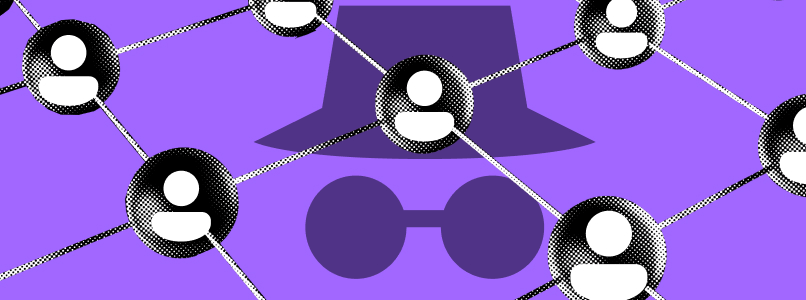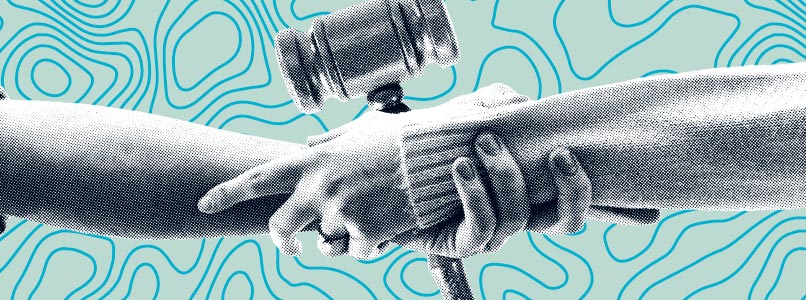What Is a DAO and How Does It Work?
As you can see from the name, a DAO works in an autonomous and decentralized way. It allows the participants to jointly manage the company’s development and eliminates the possibility for any outside actors to influence the decision-making within the company.
Usually, the rules of management of a DAO are noted in a protocol created immediately after its deployment. This document helps the organization members work together to arrive at the best possible solution. The organizational work of the system as a whole is carried by smart contracts, which automate activities that traditionally required hierarchies and gatekeepers (managers, bureaucrats, etc.) within an organization.
The Benefits of DAO Projects
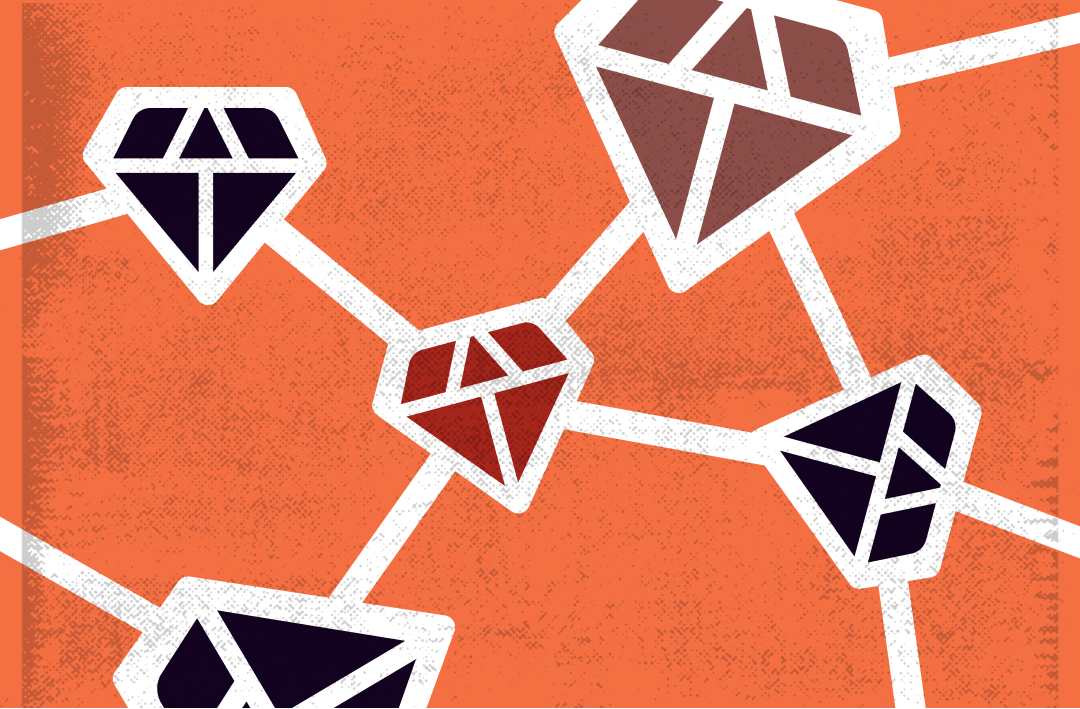
Decentralized autonomous organizations are considered to be an honest and practically incorruptible type because the decentralized structure of the DAO eliminates the possibility of bribes or fraud. There are no intermediaries, and each user acts solely on their own behalf.
Through its decentralized protocols, a DAO addresses the principal-agent problem of organizational theory. The principal-agent problem refers to the fact that there is an agent who has the right to make decisions on behalf of the client (the principal). In this case, the agent is supposed to act in the client’s interest but may act out of personal gain instead. Agents include lawyers, brokers, investors, and others who have the power to represent ordinary citizens within their specialized fields. Most times, the principal is not even aware that they are being taken advantage of because the agent claims to be doing everything for their benefit. In a DAO, this shouldn’t be possible since all transactions are highly transparent.
A DAO is sometimes compared to a small democratic state, only less centralized. In a DAO, just like in a democracy, all decisions are made by general voting. Once the decision is made, no one can change it. This is an essential difference between DAOs and traditional organizations. Another significant advantage of a decentralized autonomous organization is that, unlike traditional ones, this structure encourages any initiatives and new proposals from all its members.
Major DAO Projects
Currently, there are several dozens of big projects in the world working on DAO principles. Among the most famous ones are:
- Bitcoin is still the most well-known DAO. Bitcoin is one of the first organizations of this type, so it is relatively simple, following the open participation protocol.
- Dash is a trading protocol through which participants can exchange tokens. Dash is one of the most popular protocols of this type thanks to its convenience, as users are not required to confirm their identity or offer any personal data.
- Synthetix is one of the first projects to allow the trading of virtual, or synthetic assets, referred to as ‘synths’ on the marketplace.
- MakerDAO is a stablecoin actively used in e-commerce and digital lending. It was launched in 2017, and in 2021 it stood among the top 30 projects by market capitalization.
- Compound Finance is a protocol for trading crypto-assets and borrowing cryptocurrency without intermediaries. Interest rates are generated automatically based on the current supply/demand ratio. It is not a DAO, but the management company in the project’s architecture initially provided mechanisms for a gradual transition to this form of organization.
- The DAO. The most famous DAO is in fact notorious for its failure. At the pre-launch stage, the system attracted a lot of media attention. However, soon after the official launch, it was hacked and lost one-third of all investments. The situation was fixed, but the project’s credibility was undermined, and today, The DAO remains a well-known cautionary tale in the industry.
- DAO Consensus. This relatively new project made its appearance in 2021. It is an updated concept of The DAO a “digital ecosystem for business and investment.” All holders of internal project tokens can participate in their development.
Main Issues with DAOs
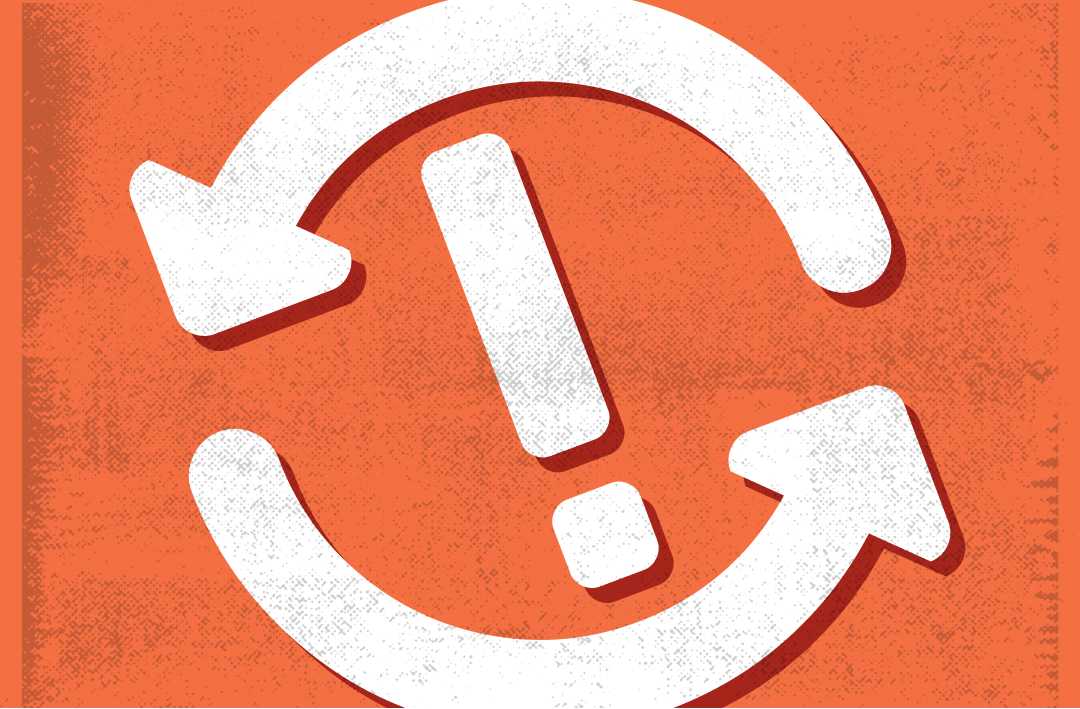
Decentralized autonomous organizations are still considered to be emerging technologies and are far from perfect. Their major weaknesses and vulnerabilities are:
- Coordinated hacking attacks. This problem distinguishes DAO systems from traditional organizations. Errors in the code can make the project vulnerable to hackers, resulting in large losses. The most notorious hacking attack was The DAO crash mentioned above.
- Legislative regulation. At the moment, there are no regulations governing the DAOs, so they are seen as risker and less legitimate by traditional organizations, which may be less likely to work with them.
- Centralization points. Although DAOs are considered decentralized, total decentralization is not possible. Governments may set certain rules and restrictions, and incorporating them into the DAO at the protocol level introduces an element of centralization into the project that members may not be happy with.
- Meeting a specific goal. DAO systems are programmed so that their operation cannot be changed sometimes, it interferes with the development of the project as a whole because it limits their flexibility to adapt to unexpected circumstances.
Despite all the nuances and complexities involved in launching and operating DAO projects, this form of blockchain project organization is gaining popularity and seeing more widespread adoption.
